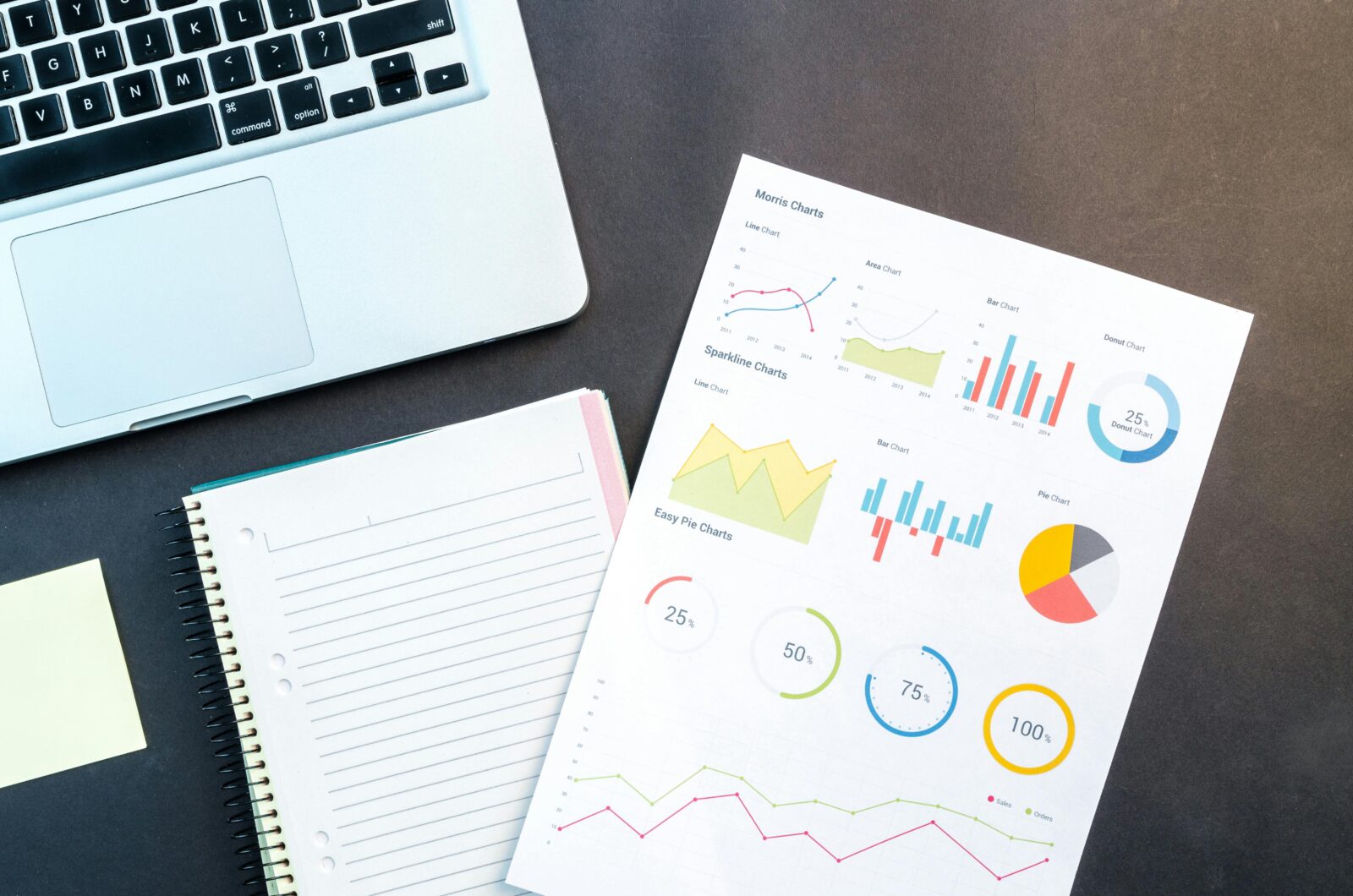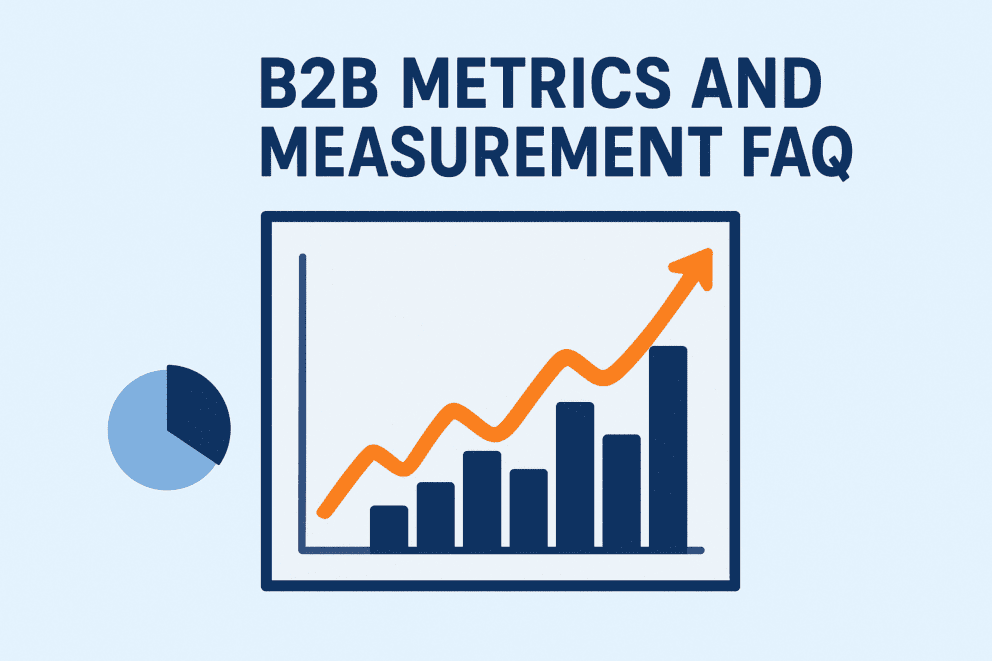Frequently Asked Questions About the B2B Buyer’s Journey and Sales Cycle

Summary
In this blog, we’ve compiled the most frequently asked questions B2B marketers ask when aligning to the buyer’s journey and supporting the sales cycle. You’ll find guidance on how to build a buyer’s journey, how to translate it into action, how it informs ABM strategy, and how marketing and sales can better collaborate to drive revenue.
By Win Dean-Salyards, Senior Marketing Consultant at Heinz Marketing
Understanding and activating the B2B buyer’s journey is essential for marketers looking to drive real revenue impact. A buyer-aligned strategy helps teams build meaningful engagement, personalize content, and collaborate more effectively with sales to convert leads into customers.
In this blog, we’ve compiled the most frequently asked questions B2B marketers ask when mapping the buyer’s journey and aligning with the sales cycle to accelerate deals.
FAQs About the B2B Buyer’s Journey and Sales Cycle
What is a B2B buyer’s journey?
A B2B buyer’s journey is the process a prospect follows, from becoming aware of a problem to evaluating solutions and ultimately making a purchase decision. It typically includes three stages: awareness, consideration, and decision.
How do we use the buyer’s journey to inform an ABM strategy?
By aligning your ABM strategy to the buyer’s journey, you can deliver stage-specific messaging and experiences to different stakeholders within your target accounts. This ensures personalized, relevant engagement at every step.
How do we utilize a buyer’s journey to drive tangible actions across marketing and sales?
Start by mapping buyer questions, pain points, and decision criteria to each stage, then align content, outreach cadences, and metrics accordingly. This turns strategy into specific actions—like what emails to send, what events to invite them to, and what sales resources to share.
How do you build a B2B buyer’s journey?
Interview customers, review sales calls, and analyze buyer behavior data to map the key stages, stakeholders, and touchpoints. Include what triggers progression to the next stage, common objections, and decision-makers.
What are the key stages of the B2B buyer’s journey, and how do they differ from the sales funnel?
The buyer’s journey centers on the buyer’s experience and decision-making process—typically awareness, consideration, and decision. The sales funnel focuses on internal progression from lead to closed deal. They should be aligned, but the journey is more customer-centric.
How do we identify what stage a buyer is in?
Look for behavioral and intent signals, such as content downloads, demo requests, or repeated visits to product pages. Pair that with CRM and ABM platform insights to assess the stage accurately.
What types of content or touchpoints are most effective at each stage of the buyer’s journey?
- Awareness: Educational blog posts, industry trend reports
- Consideration: Case studies, comparison guides, ROI calculators
- Decision: Demos, customer references, pricing details
How should sales and marketing measure success at different stages of the buyer’s journey?
Use stage-specific KPIs: engagement and reach for awareness, influence pipeline for consideration, conversion rates, and deal velocity for decision.
How do we use the buyer’s journey to improve campaign planning?
Use the journey to guide your content mix, segmentation, and timing. Each campaign should serve a purpose for a specific stage and be designed to move buyers forward.
How does the buying committee impact the buyer’s journey?
B2B purchases often involve multiple stakeholders, each with unique priorities. Your journey map should include persona-specific concerns and define how to engage the entire committee across the funnel.
Why should marketing care about the sales cycle?
Marketing is key in accelerating deals. It generates qualified leads, nurtures interest, and enables sales with content and insights that speak to what buyers need at each stage.
Where should marketing be involved in the sales cycle?
Marketing should stay involved from the first touch to the end. This includes nurturing stalled opportunities, providing targeted sales content, and supporting later-stage conversations with customer proof or tailored messaging.
Why is marketing and sales alignment important to the B2B sales cycle?
Alignment ensures consistent messaging, smarter hand-offs, and faster deal progression. When both teams collaborate around a shared journey and goals, buyers experience a seamless path to purchase.
How do we adapt the buyer’s journey for complex or long sales cycles?
Introduce more granular sub-stages, nurture programs, and account-specific playbooks. Use intent and engagement data to keep momentum and prioritize outreach at the right time.
How can we align campaign planning and lead scoring with the buyer’s journey?
Lead scoring should reflect stage progression, not just activity volume. Assign higher scores to buying signals (e.g., pricing page views, demo requests) and build campaigns that match journey stages to content and outreach.
What common mistakes do companies make when mapping or using a buyer’s journey?
Common pitfalls include: making the journey too generic, ignoring persona differences, over-relying on linear models, and failing to activate the journey through content, sales enablement, and reporting.
How often should we revisit or update our buyer’s journey map?
Revisit your journey every 6–12 months or whenever you launch a new product, enter a new market, or observe significant shifts in buying behavior.
Summary
The buyer’s journey isn’t just a theoretical framework—it’s a powerful tool for aligning marketing and sales, personalizing engagement, and accelerating pipeline. By understanding how your buyers make decisions and taking action to meet them where they are, you set your go-to-market teams up for success.
Want help applying your buyer’s journey to campaigns and pipeline acceleration?
Contact acceleration@heinzmarketing.com to connect with our team.






